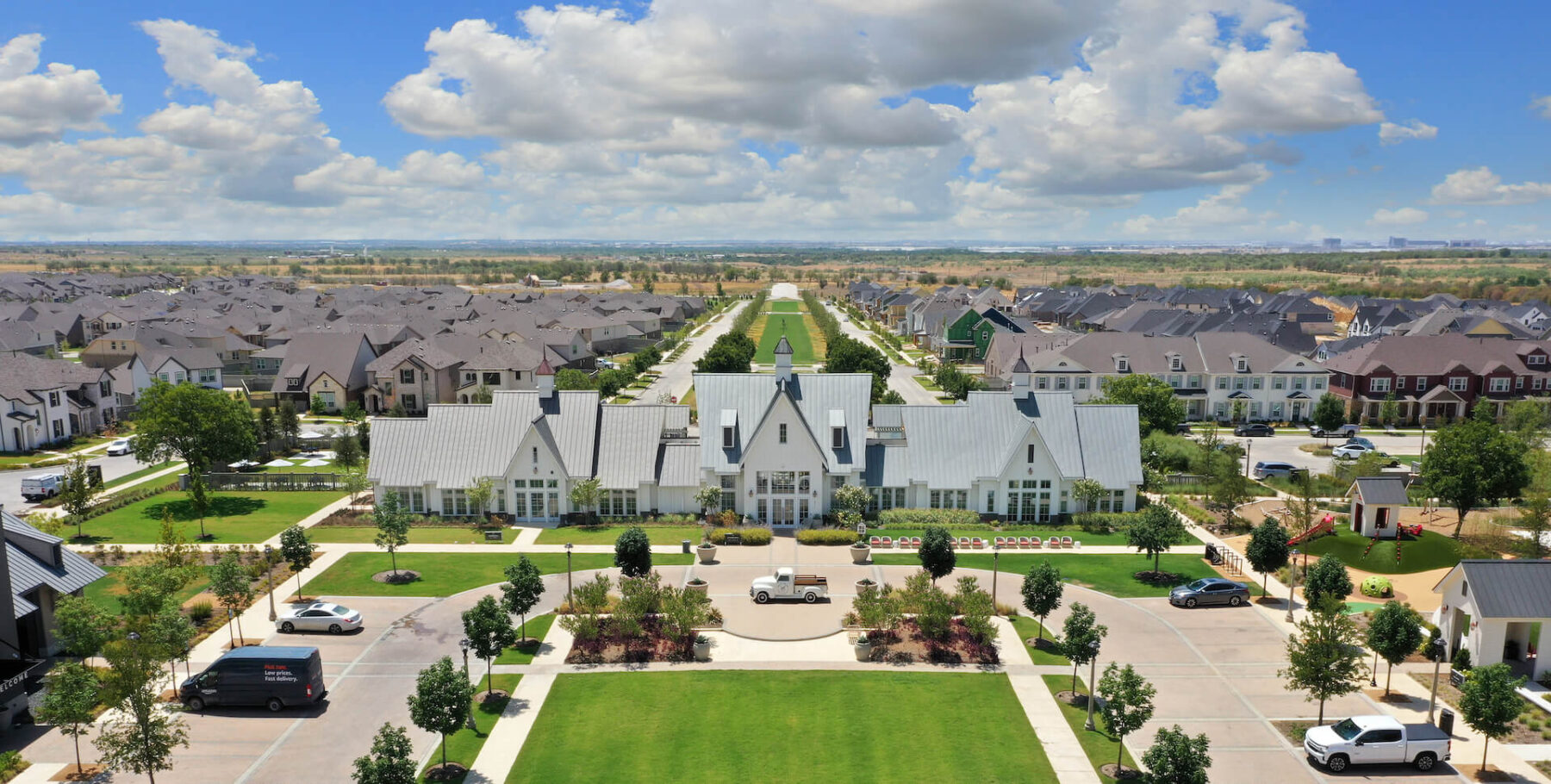Developers of master-planned communities without access to first-class internet service have another option: Create their own infrastructure
Remember the expression, “If you want something done right, do it yourself”? Attributed to Napoleon Bonaparte, this saying sums up the frustration of a growing number of large bandwidth consumers. Master-planned community (MPC) developers such as Hillwood Communities and Republic Property Group (whose Walsh community was profiled in the August-September 2017 issue of BROADBAND COMMUNITIES) belong to this growing group of broadband consumers. More important, they have the bandwidth appetite and financial means to make a difference for an emerging and demanding demographic – millennials. Millennials (also known as Generation Y), the demographic cohort following Generation X, are notable for their increased use of and familiarity with communications, media and digital technologies.
According to the 2017 State of the Nation’s Housing Report from Harvard University’s Joint Center for Housing, millennials account for 16 million of the nation’s 124.5 million households. By 2035, millennials will account for 49.8 million households “and are thus reshaping housing [and internet] demand in profound ways.”
A New Broadband Narrative
Serving the millennial generation will require thinking about broadband in new ways. Several concepts will form the foundation for a new narrative around the deployment and support of internet services. First is the difference between internet access (which can be thought of as a consumer good) and an internet utility. A utility provides adequate supplies of an essential service throughout a community in a consistent, reliable, problem-free manner.
Second is the need for proactive management. Given the rapidly changing technical landscape, the deployment of reliable infrastructure that will deliver uninterrupted service over time is not a static problem. Problem-free operation over time requires real-time feedback and adjustments to infrastructure and operating procedures. I call this “temporal stability.” To achieve temporal stability, an internet operator must design a system able to anticipate and respond to problems.
The impact of temporally stable broadband on real estate investments has become material. For several reasons, real estate developers, home builders and real estate management companies cannot always depend on incumbent ISPs to deliver temporally stable, utility-quality broadband. First, the limited geographic footprints of the incumbents make it difficult for national developers and property managers to get consistent services across markets. Second, there are no guarantees that ISPs will continue to maintain their networks over time in a way that will meet communities’ requirements. Finally, networks have been effectively extended into subscribers’ homes as subscribers add more and more connected devices, and not all ISPs are willing to provide utility-quality broadband within homes.
As a result, many developers, builders and management companies are considering forming in-house broadband companies (IBCs). They are DIYers.
To read the full article, click here.

